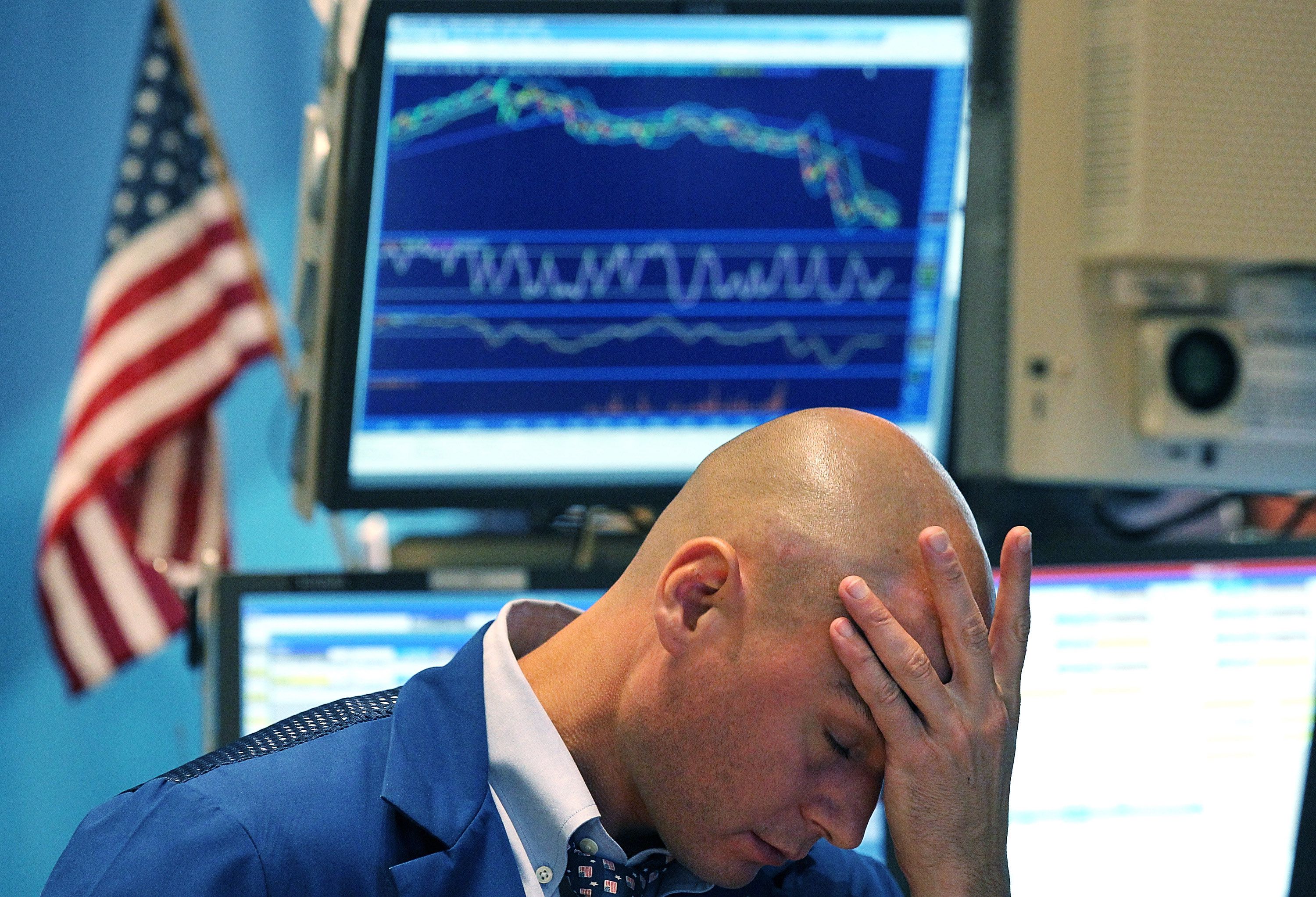[ad_1]
Big institutional investors investors such as insurance companies and pension funds increasingly pursue low volatility, or low-vol, investment strategies that use options to limit fluctuations in the values of their portfolios. The investment banks and brokerage firms that package and sell these strategies to institutional investors then hedge their own positions in a manner that tends to dampen overall volatility in the market, as described in a recent report by The Wall Street Journal.
In options pricing formulas, the Greek letter gamma denotes how responsive an options contract price is to fluctuations in the price of the underlying security. Investors in options may engage in gamma hedging, to limit the risk associated with strong price moves in the underlying security.
“Dealers being long gamma is like a black-hole effect, a negative feedback loop that squishes volatility,” as Kokou Agbo-Bloua, global head of flow strategy and solution, financial engineering, at Societe Generale, told the Journal. He calls extended periods of low volatility a “gamma trap,” since they tend to be followed by big spikes in volatility.
Significance For Investors
“Jumping back and forth between markets that are completely dead and markets that are suddenly and briefly very exciting,” is how Benn Eiffert, co-founder and chief investment officer (CIO) of QVR Advisors, a boutique investment advisory firm focusing on strategies related to options and volatility, described the situation to the Journal.
Price swings in options contracts tend to be wider than moves in the prices of their underlying assets. Moreover, option price swings usually get even wider as the contract’s expiration date draws closer, or as the value of the underlying asset approaches the option strike price, or exercise price. The wider the price swing in the options contract is compared to the price swing in the underlying asset, the higher gamma will be.
Many low-vol strategies limit downside exposure by selling put options that expire in one month or less, the Journal explains. Since these options are short-term and often have strike prices close to current market prices, their overall effect is to raise gamma in the market.
Investors who use gamma-based strategies to reduce the volatility of their portfolios have tended to outperform during market declines, even the especially volatile period in early February 2018. Back then, a simple measure of such strategies, the CBOE S&P 500 PutWrite index (PUT), a hypothetical portfolio that sells put options linked to the S&P 500 Index (SPX), outperformed the S&P 500 itself, the Journal notes.
Meanwhile, the investment banks and brokerage firms that facilitate low-vol strategies for institutional investors often hedge their side of the transaction by taking the opposite position. The result is a countervailing force that tends to dampen the daily movement of individual stocks and stock market indexes alike.
“If you have a good estimate of dealers’ gamma exposure, you can anticipate their hedging flows and pile into that either way,” as Charlie McElligott, cross-asset strategist at Nomura in New York, told the Journal.
Looking Ahead
The gamma effect or gamma trap is making it more difficult to determine if market prices fully reflect current news or events, as Helen Thomas, founder of Blonde Money, a U.K.-based research firm, told the Journal. “Dealer hedging behavior is creating pockets of sensitivity in the markets,” she said, adding, “If Trump tweets something about China when the S&P is at one level, it doesn’t matter. But if he does it when it’s, say, 20 points lower, it’s panic stations.”
[ad_2]
Source link Google News

